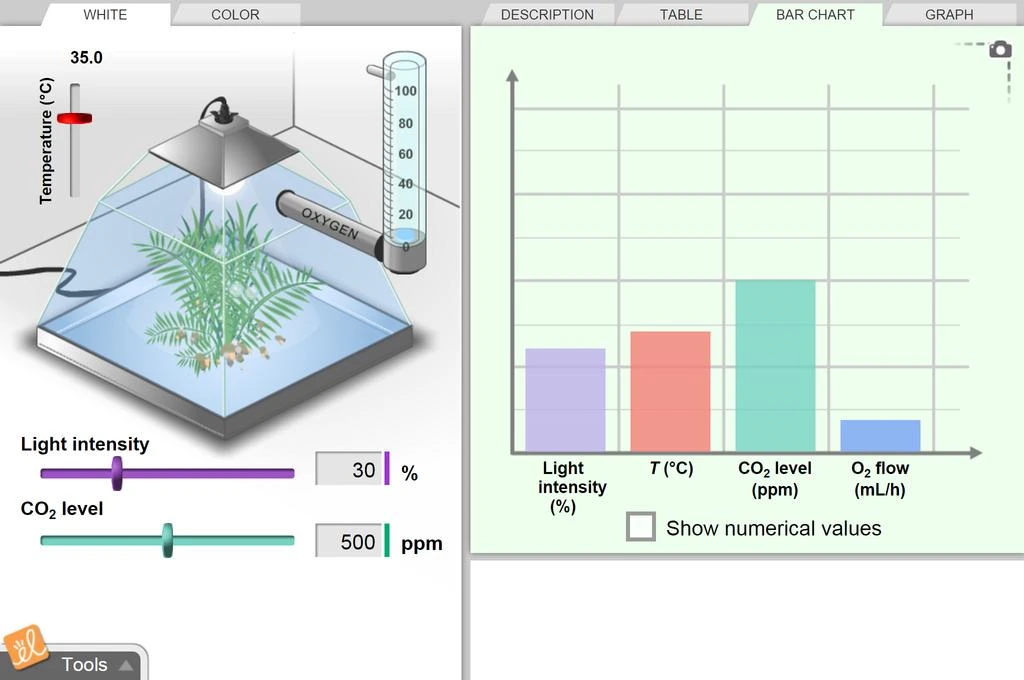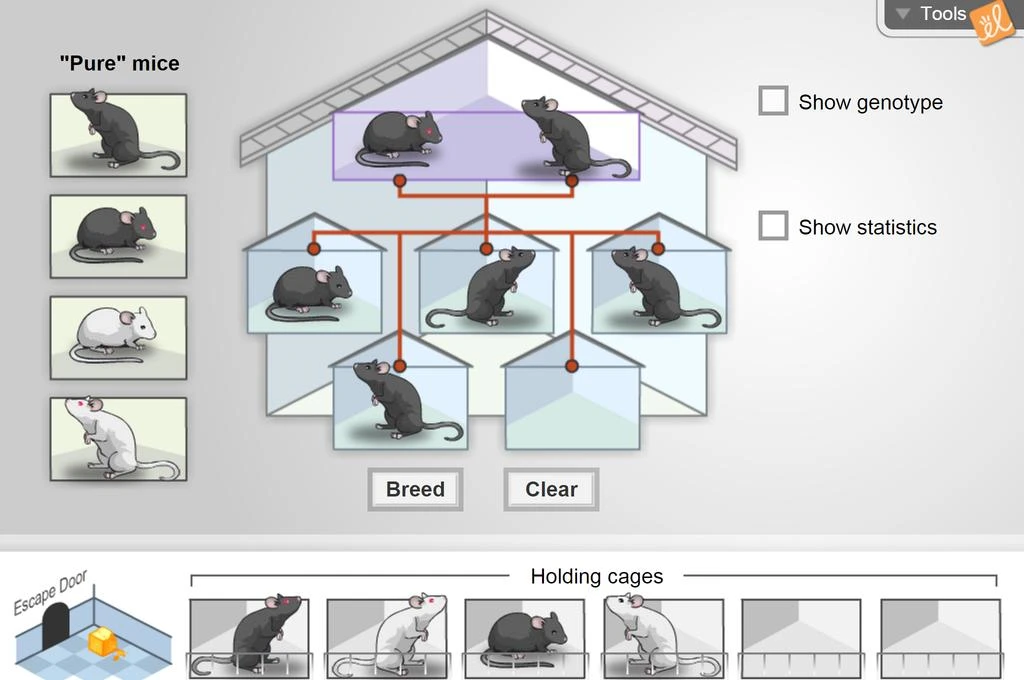Building STEM Success: Powerful Ways to Support Teachers

In today's rapidly evolving world, equipping students with strong science, technology, engineering, and mathematics (STEM) skills is more crucial than ever. To achieve this, supporting STEM teachers is essential, as it fosters a robust educational environment that inspires students to explore and excel in STEM.
Given the critical role of STEM education in preparing students for the future, this article explores powerful ways to support you as a teacher, highlights the extensive collection of Gizmos available, and demonstrates how Gizmos simulations and labs can benefit you across various grade levels for every STEM topic.
Challenges STEM teachers face
As a STEM teacher, you often face challenges, such as limited resources, lack of professional development opportunities, and the need to constantly update your knowledge to keep pace with rapidly evolving technologies. Additionally, you may struggle with engaging students who have varying levels of interest in STEM subjects.
Gizmos address these challenges by providing interactive simulations and virtual labs that make complex concepts more accessible and engaging for all students.
How Gizmos supports all STEM topics
Gizmos offer a comprehensive suite of STEM resources tailored for grades 3-12. These interactive simulations and virtual labs enhance STEM learning across various science topics, including biology, chemistry, physics, earth science, and mathematics. Gizmos provide inquiry-based learning experiences that cater to diverse learning styles and educational needs.
Ready to elevate your science lessons?
Gizmos Investigations are now available! These interactive, scaffolded science lessons combine Gizmo simulations with built-in student questioning and just-in-time feedback to support sensemaking practices. Designed to meet next-generation science standards, they help all students actively engage in the doing of science. Explore how Gizmos Investigations can transform your classroom today!
Comprehensive STEM resources for grades 3-12
Gizmos come with built-in teacher resources, including Student Exploration Sheets, which are fully customizable in Microsoft Word and Google Docs. With minor adjustments, it's easy to tailor Gizmos Student Exploration Sheets to serve different purposes. You don't need to use the entire sheet; you can pick just one activity and modify the document to meet your specific needs. This flexibility allows you to create targeted and effective learning experiences for your students, saving time and enhancing your instructional strategies.
To further illustrate Gizmos' versatility and effectiveness, let's explore a few examples of how these interactive simulations can be utilized in the classroom. These examples demonstrate how Gizmos enhance student understanding of complex scientific concepts while supporting you in delivering engaging and impactful lessons.

For example, the Photosynthesis Lab Gizmo allows students to investigate photosynthesis by manipulating light intensity, carbon dioxide levels, and temperature to observe their effects on the rate of photosynthesis. By varying the light wavelength, students can understand which light colors are best for photosynthesis.
This hands-on approach helps students understand the critical factors that influence this essential biological process and helps teachers save time, energy, and resources on lab preparation and clean-up.

Additionally, the Human Homeostasis Gizmo provides an interactive way to study how the human body maintains stable internal conditions. Students can adjust variables such as clothing, perspiration, and exercise to see how these factors influence body temperature, hydration, and overall homeostasis.
This simulation helps students grasp the complexities of physiological regulation and the importance of maintaining balance within the body while empowering teachers with resources that extend beyond a textbook.

Moreover, the Mouse Genetics Gizmo helps students explore the inheritance of two traits. Using Punnett squares, students can model the inheritance of two traits and predict the probabilities of each offspring’s allele combination. Teachers can build off what students learn in the simulation to review for assessments or other homework assignments.
Electrons and Chemical Reactions

In addition, STEM Cases such as Electrons and Chemical Reactions help students learn core concepts and practice critical thinking skills, such as data analysis, data interpretation, hypothesis and reasoning, predictions, and communicating findings.
Professional development for STEM teachers
Invest in ongoing professional development to stay updated on the latest STEM teaching strategies and technological advancements. Workshops, webinars, and conferences can offer valuable insights and practical skills to support STEM teaching. For example, the Applying Sense-Making Scientific Practices with Gizmos workshop provides best practices for using Gizmos to help students develop and use models, analyze data, apply mathematics, and construct scientific explanations related to the concepts involved. Stay current on STEM teacher resources by exploring the resources available on the Educator Resource Hub.
Foster a supportive school culture
Create an environment that values and supports STEM education. Recognize and celebrate the achievements of both you and your students to build a positive and motivating atmosphere. STEM Cases, which put students in the role of STEM professionals tasked with solving real-world problems, can be showcased during school events to highlight student achievements.
Additional powerful ways to support STEM teachers
As a STEM teacher, you play a vital role in shaping the future workforce and driving innovation. When you have access to the right resources, professional development opportunities, and a supportive environment, you are empowered to inspire and educate the next generation of scientists, engineers, and technologists. This support not only enhances your teaching effectiveness but also contributes to better student outcomes.
To ensure you have everything you need to succeed, here are some additional powerful ways to support your efforts in the classroom:
- Encourage collaboration: Facilitate opportunities for teachers to collaborate and share best practices, fostering a community of continuous improvement.
- Provide mentorship programs: Establish mentorship programs where experienced teachers can guide and support newer educators in implementing effective STEM teaching strategies.
- Integrate technology: Equip classrooms with the latest technology tools and resources to enhance STEM learning and make lessons more interactive and engaging.
Empower your STEM teachers today!
By investing in STEM professional development, providing access to quality resources, and fostering a supportive school culture, you can effectively enhance STEM learning at your school.
Empower yourself and transform your STEM education today by exploring the extensive collection of Gizmos available, as no other company offers such a comprehensive and versatile collection of STEM simulations.
About the Author

Mangai Neelavannan, Learning Architect at ExploreLearning
Mangai Neelavannan, a Learning Architect at ExploreLearning, has over 15 years of experience in education. She taught math using differentiated instructional techniques and progressed to become an instructional coach at the district level. She provided resources and guidelines to teachers in elementary, middle, and high school settings while modeling lessons in the classroom.